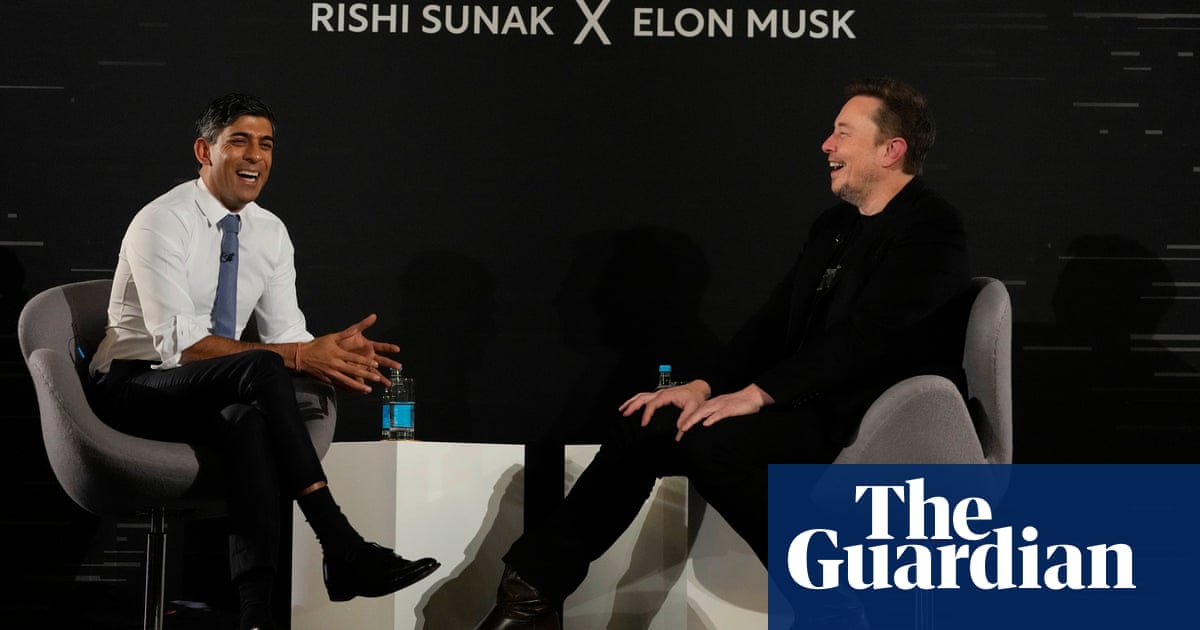
Chennai Super Kings flourish under MS Dhoni"s leadership to claim the title.
Some big-money signings did not live up to the hype or price tag.
BANGALORE: After seven weeks, 60 matches, and a clutch of thrilling last-over finishes, the Indian Premier League’s 11th season came to an end on Sunday night, with Chennai Super Kings crowned champions for a record-equalling third time. Here, we look at the competitions hits and misses.
HITS
DHONI, THE RENAISSANCE MAN
For the two seasons that Chennai were banned, MS Dhoni plied his trade for the now-defunct Rising Pune Supergiant. He made 574 runs in 27 innings, at a mediocre strike-rate of 124.78. In those two years, he hit just 30 sixes. Back in his beloved yellow this season, he matched that tally of sixes while making 455 runs. His strike-rate (150.66) was his best in the IPL since 2013. More importantly, he juggled an aging squad and got the best out of them in the big moments. Shane Watson, match-winner in the final, and Dwayne Bravo, once the death-overs banker, are years past their peak, but Dhoni managed to coax some crucial displays out of them. Bravo’s game-changing blast in the first game set the tone for the season.
LUNGI NGIDI, THE SEASON-CHANGER
At first glance, Chennai’s pace resources, and we are talking bat-shuddering speed, appeared quite scant. Mark Wood played the first game, but was not seen again except on social media to help his Durham teammates with a chant praising Ambati Rayudu. David Willey was tried for three games and found wanting. While this trail-and-error method was being employed, Ngidi had gone back home to South Africa after the death of his father. Of the seven games he played after his return, Chennai won five. He took 11 wickets, and his economy rate of 6.00 was comfortably the best of anyone with at least 10 wickets. More importantly, his pace and skill gave Chennai a genuine wicket-taking option with the new ball. His combination with the impressive Deepak Chahar was as important as the runs from Watson, Rayudu and Dhoni.
RISHABH PANT — FUTURE SHOCK
More than a few eyebrows were raised when Pant was not selected for India’s limited-overs squads after being the shining light of the worst franchise in the league. Topping the run charts at the age of 20 is hard enough. It is much tougher when your teammates are floundering around you. Pant did not just make runs. He punched, hammered and scythed them, always at frenetic pace. His 684 runs, second only to Kane Williamson (who played three more innings), came at a strike-rate (173.6) that was only a smidgen less than that of the great AB de Villiers managed. Pant kept wicket too, but it was his utter fearlessness with the bat, no matter how dicey the situation, that marked him out as a special one for the future.
MISSES
BIG BEN DID NOT CHIME
In his first IPL season, with Pune last year, Stokes scored 316 runs at a strike-rate of 142.98 and took 12 wickets at a superb economy rate (7.18). Rajasthan Royals had that in mind as they splashed out 125 million Rupees ($1.8 million) for him at the January auction. That investment delivered 196 runs at a dismal strike-rate (121.73) and eight wickets at a cost of 8.18 an over. It was not that Stokes looks disinterested — you could sense his frustration. But the layoff that resulted from the Bristol-assault incident had taken the edge off his game, and it may take a while for it to come back. Rajasthan certainly did not see enough of it.
UNADKAT FINDS NO SPARK
The other player Rajasthan broke the piggy-bank for was Jaidev Unadkat, who had taken 24 wickets for Pune at a sensational economy rate of 7.02. In Rajasthan’s royal blue, he seemed an imposter, laboring to 11 wickets while being taken for 9.65 runs an over. With Jofra Archer missing a handful of games at the start of the season, Rajasthan needed more than a blunt spearhead. They managed a late surge to qualify for the playoffs, but an air of what-might-have-been lingered because one of their marquee signings flopped so badly.












